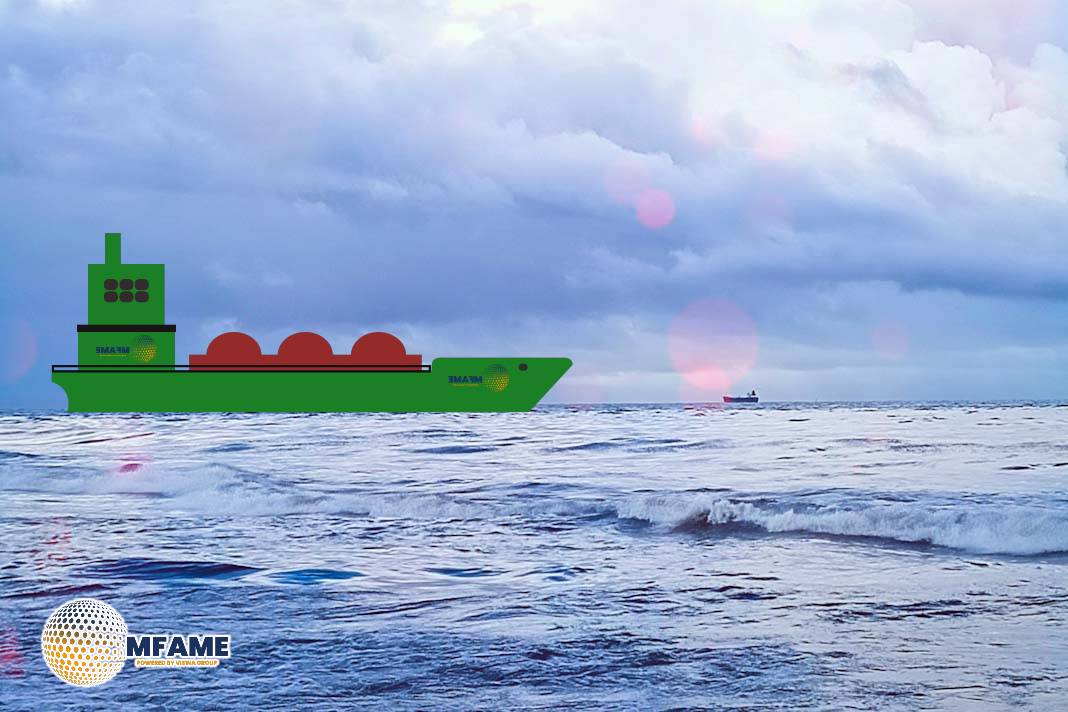 As ammonia gains traction as a cleaner alternative fuel in the maritime industry, concerns around its toxicity and handling safety have come to the forefront. To support its safe adoption, the American Bureau of Shipping (ABS) has released a detailed study titled “Safety Insights for Ammonia as a Marine Fuel,” which examines how ammonia behaves during accidental leaks and bunkering operations. The research combines computational simulations with real-world safety frameworks to guide shipowners and operators.
As ammonia gains traction as a cleaner alternative fuel in the maritime industry, concerns around its toxicity and handling safety have come to the forefront. To support its safe adoption, the American Bureau of Shipping (ABS) has released a detailed study titled “Safety Insights for Ammonia as a Marine Fuel,” which examines how ammonia behaves during accidental leaks and bunkering operations. The research combines computational simulations with real-world safety frameworks to guide shipowners and operators.
Understanding Ammonia Leaks and Dispersion in Realistic Scenarios
ABS used computational fluid dynamics (CFD) to simulate how ammonia behaves during leaks in engine rooms and during various bunkering operations such as ship-to-ship, terminal-to-ship, and truck-to-ship transfers. These simulations revealed how ammonia clouds disperse, allowing for accurate risk assessments. ABS also explored emergency evacuation procedures in the event of leaks, giving operators a clearer understanding of safety challenges in confined maritime environments.
Building a Three-Part Safety Framework for Ammonia Use
The study presents a robust, three-layered safety strategy to support ammonia adoption. It includes:
-
Proactive regulatory engagement to anticipate and meet evolving safety standards.
-
Integrated risk assessments that combine qualitative judgment with quantitative analysis for better decision-making.
-
Real-time monitoring tools, such as acoustic cameras, to detect and visualize leaks, enhancing emergency response capabilities.
This research marks a vital step toward making ammonia a viable marine fuel by addressing safety concerns with scientific precision and practical planning.
Download a copy of the ABS publication Safety Insights for Ammonia as a Marine Fuel here.
Did you subscribe to our daily Newsletter?
It’s Free Click here to Subscribe!
Source: ABS















